Majority of secret societies are exclusive, intended for a small circle of the chosen ones. Their closeness is the very reason for making them an ideal ground for the creation of various claims and theories of what actually takes place within them, what is their real purpose or who are their real members. Here, I would like to introduce you a little closer to such mysterious organization, around which we have similar stories. Welcome to the Hellfire Club.
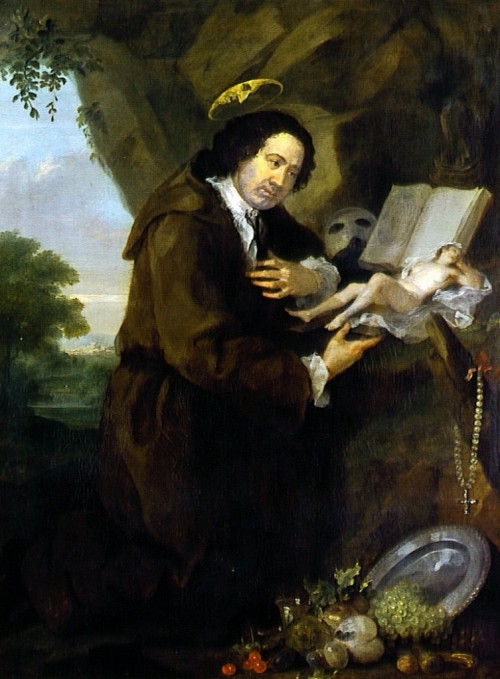
It is not well known who came out first with the original concept for the club such as the Hellfire Club, or was it previously taken from some earlier ideas. However, the term Hellfire Club was meant primarily for a few clubs, dedicated to higher social class and aristocracy, in Britain and Ireland during the XVIII century. The first Hellfire Club was founded in 1719 in London by Philip Wharton, 1st Duke of Wharton, while the best known branch of the club was founded by Sir Francis Dashwood, around 1749 in England. Later, there was close cooperation between the club of Sir Francis Dashwood and famous Brook’s club, which was considered one of the most famous so-called gentleman clubs, founded by the 27 dukes who were very influential at the time. Headquarters of Hellfire Club was at the very heart of London, Pall Mall Street in Westminster (City of Westminster). The motto of the club was Do what thou wilt, which is the philosophical slogan drawn from Thelema novel, written by François Rabelais and later even used in the works of Aleister Crowley, famous British occultist. The slogan does not refer to the encouragement of anarchy, as it usually looks like at first glance, but to individuals in their sacred quest for inner Will and its fulfillment. Membership for women was also available within the club, which was true rarity at the time, when it came to clubs and societies that are this closed.
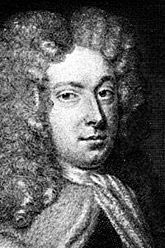
Philip Wharton was a prominent politician of his time, well known for the two so-called separated lives he was living: one as a politician and the other as a rebel and drunkard, regarded as infidel. Meetings organized by Philip in the Hellfire Club mainly consisted of discussions on various topics, such as politics, poetry and philosophy. The members were mostly gathering on Sundays, on various locations around London. Also, seeing as they were often ridiculing religious, cultural and moral trends, soon the club received the title ’satirical gentleman’s club’. For this reason, they were often being accused by the public of blasphemy and satanism, as they, reportedly, turned to worshipping of Satan and other demons. These charges were describing their sessions as apparently distorting the Biblical facts, for example ’serving dishes like Holy Ghost Pie’, ’Breast of Venus’, and ’Devil’s Loin’, while drinking ’Hell-fire punch’. Thus, they were publicly opposing the Church. Of course, not any of the charges of satanism were ever proven and all ended on assumptions of the club critics. Basically, they were often ending their meetings with excessive drinking and smaller outbursts within the club. After all, Wharton’s political opponents used these very arguments in their political battles against him in Parliament, eventually managing to remove him. After his first club disbanded, Philip Varton entered into Freemasonry, and in 1722 became the Grandmaster of England.
On the other hand, unlike Philip Wharton, Sir Francis Dashwood was far more serious in understanding freedom of social behavior, going much further in terms of public ridicule and caricaturing moral principles of society. His version of the Hellfire Club initially numbered only twelve members, but soon included many more people. The members were the celebrities of the time. Some of Dashwood’s original members were William Hogarth, English painter and satirist, John Wilkes, a journalist and politician, jurist Robert Vansittart and John Montagu, 4th Earl of Sandwich and the British statesman. Also, in the period around 1758, Benjamin Franklin, politician, diplomat and one of the founding fathers of the United States, appeared at the meetings of the Hellfire Club (albeit as a guest of Francis Dashwood, not as a member of the club), during some time of his stay in England. Benjamin Franklin was also a prominent Freemason, raised to the rank of Grandmaster.
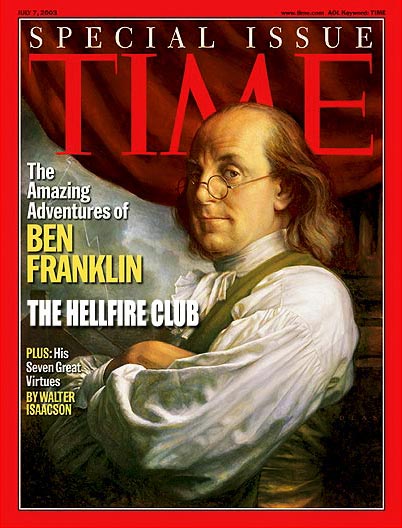
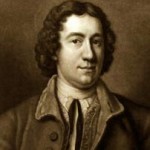
In the begining, Sir Francis’s club was not using a name ’Hellfire Club’ – it was attributed in later period. Since its creation club was known as Brotherhood of St. Francis of Wycombe, or Order of Knights of West Wycombe. The name came from the fact that the first meeting of the club took place in the home of Sir Francis in West Wycombe, during the Walpurgis Night, 1752, which is traditionally celebrated in the spring, between 30th of April and 1st of May. Originally it was typical for peoples of northern and central Europe. In popular culture, from the XVII century is considered as meeting of witches and wizards, known as the Witches’ Sabbath. Slogan Do what thou wilt (Fait ce que voudras) was featured at the door with stained glass at the entrance of Sir Francis’s residence. According to historian Horatio Walpole (4th Earl of Orford), the members of this club mostly identified themselves as pagans; among the most respected deities were Bacchus and Venus, to which symbolic sacrifices were offered. The garden of the house contained numerous statues and altars, used for ritual purposes and designed for a variety of deities and mythological creatures, such as Daphne – a beautiful nymph, Dionysus – the Greek god of wine and vegetation, Priapus – the son of Dionysus and the god of gardens and fertility, Flora – goddess of spring and nature. All the rituals were serving the purpose of capturing complete attention of the individuals in their sacred connection with nature, and exactly by means of the ritual dramatization they managed to reach an appropriate level of connection with the gods. Meetings were held twice a month, with one annual gathering lasting whole week, probably in June or September. Within the club, they were addressing each other as brothers, wearing ritual robes. After all, many other orders and clubs were operating on a similar structure and pattern as this one. Today, the caves at West Wycombe, where brotherhood was gathering, is kind of a tourist attraction nowadays, known as the Hellfire Club caves or Sir Francis’s Folly. The cave gives a good sense of the mystical atmosphere that prevailed in those circles. Sir Francis, besides Hellfire, also founded Diletanti Society (Society of dilettante).
Entrance to the cave was designed to resemble certain Gothic cathedrals, but also to ridicule the architecture of religious buildings. The interior was lavishly decorated and each room was designed for specific ritual act. It consisted of a long corridor with a number of scattered areas for different purposes. At the end of the hall there was a symbolic river, River Styx, ending the Internal Temple (Inner Temple) exactly at 90 meters below the church (St Lawrence’s Church), which was located on the surface. The inside of the temple was called the vulva of the Great Mother Goddess. Some archaeologists argue that the entire tunnel system is intended to represent its shape – the female reproductive system – in honor of the female principle of nature. Also, masonic symbols were often used in decoration and asigning purpose to objects within the cave, refining them with special mythological motifs. All this suggests that the Hellfire Club extends for tens of meters below the ground and goes hundreds of meters in long underground corridors. Also, one of the corridors of the cave was named after Benjamin Franklin, friend of the club.
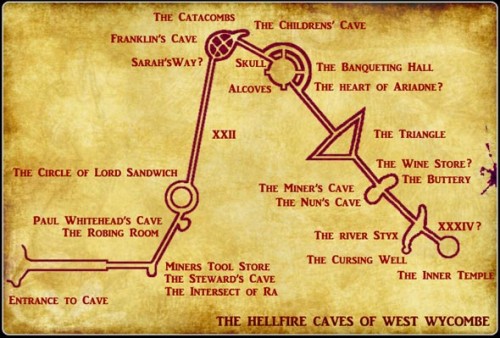
A branch of the Hellfire Club in Ireland (in Dublin, 1735) was established by Richard Parsons, the first Earl of Rosse, driven by inspiration of Wharton’s club in England. President of the club bore the title ’The King of Hell’. The Irish team had particularly bad reputation for debauched orgies and massive feasts. Of course, the club met the public condemnation of the Irish people, even greater than the English one in London. One of the locations used for the Irish Hellfire Club was a hunting lodge on Montpelier Hill, near Dublin. After the fire in the hunting lodge, club moved a little lower down the same hill, to Killakee Dower House.
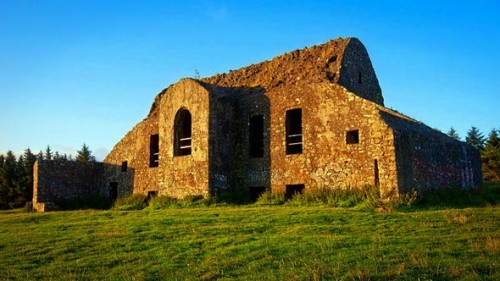
Today, there is something similar to what resembles the organisation of Hellfire Club, so called Bohemian Grove in California, U.S. It is primarily known for its annual gathering of its members. Ever since 1872 when it was established, every year in July its members are practicing pagan rituals, far from the public eye and even farther from the camera lens. The symbol of the club is owl, which represents hidden knowledge. The story greatly resembles the one of the Hellfire Club. Club’s motto is Weaving Spiders Come Not Here. There are many senior officials and officers on the member list, primarily from the United States but also from around the world. There are also influential artists, sportsmen and businessmen. Perhaps the best known meeting in Bohemian Grove so far is one in 1967, which was graced by presence of two future U.S. presidents – Ronald Reagan and Richard Nixon. This place is also known for many projects contracted there. One of the biggest projects is Manhattan Project, regarding the development of atomic weapons, the use of which has been concluded at the end of the WWII, at the meeting that took place in September 1942.
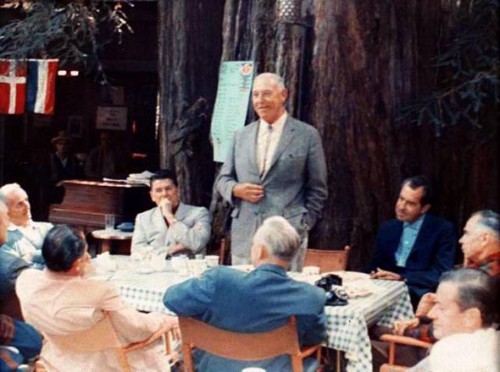
However, when we talk about the culture of secret societies, we must never lose sight of United States, a country with special cultural foundations regarding to that specific cultural frame. It is generally known that even during their student days many successful U.S. students enter brotherhoods and sisterhoods within their university. That is the form of gathering successful young people together in one place, where they can keep developing their young minds, isolated from the rest of society. We should first mention the famous Skull and Bones secret society at Yale University, which is one of the oldest student societies, founded back in 1832. Each year the society selects fifteen young men and women – freshmen – successful in certain areas, as their new members. It is enough to say that such system of choice later produced great number of American statesmen and officials. Among them are the Presidents of the Supreme Court of Justice and of the United States, and also one of the founders of the CIA, James Jesus Angleton, ministers of defense and two U.S. presidents, George H. W. Bush and his son, George W. Bush.
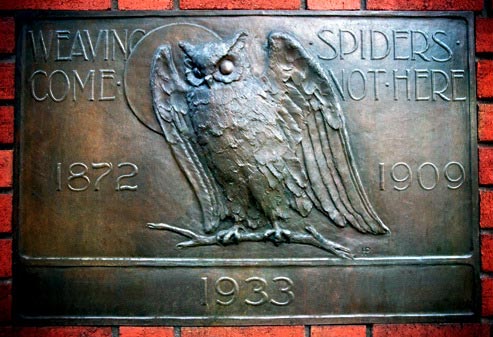
In popular literature, Hellfire Club is mentioned in the Marvel comics about X-Men, as a criminal organization. There is also a movie adaptation of the story about this secret society with the same name, shot in 1961, with Peter Cushing in lead role. The film is primarily known for the negative tone with which the club and events within it are represented. It is also mentioned in the British TV series Blackadder as the Naughty Hellfire Club.
All these examples show that the potential to create impact lies within the closed circles of power and selected, prominent members of society. Each generation of these closed circle members aimes towards isolating a group of people, because as a group, they can achieve much more in spreading their influence.
Hellfire Club is just one of the ways of the British for securing a high class resort, providing them with possibility to freely entertain their beliefs, far away from the daily routine.
.
For P.U.L.S.E World: Dražen Pekušić

You must be logged in to post a comment Login